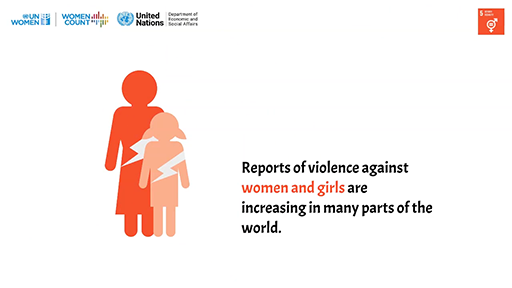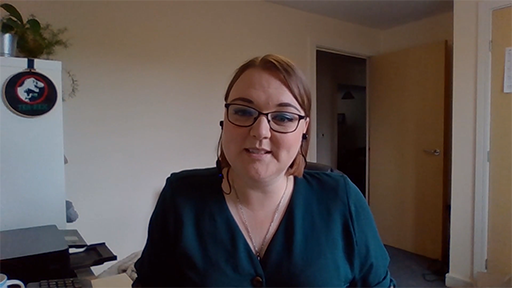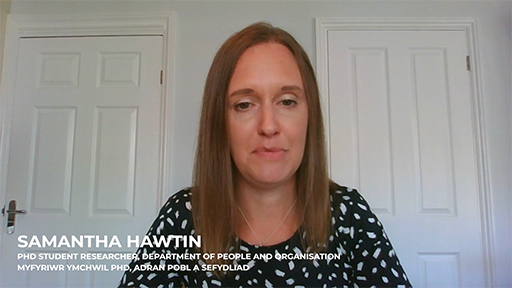4.6 Inclusion considerations for females
‘The United Nations’ report Progress on the Sustainable Development Goals: The gender snapshot 2021 [Tip: hold Ctrl and click a link to open it in a new tab. (Hide tip)] highlighted that the pandemic has not only dented progress in key goals on gender equality but also reversed progress in expanding the rights of women worldwide.
The video below summaries the key findings of the report.

While there has always been an awareness of female equality and equity in the workplace, organisations need to consider how they can support closing the gap in their approach to new ways of working, and work to understand the needs of females.
In the videos below Natasha Davies, Policy and Research Lead from Chwarae Teg, who works to ensure women in Wales can enter and thrive in the workplace, and Samantha Hawtin, Research Student, The Open University, whose work focuses on the importance of place in the workplace, provide insights for what organisations should consider.

Transcript

Transcript
Activity 14: How flexible can you be as an organisation?
Many women have more time commitments outside the workplace, with responsibilities ranging from looking after children, ageing family members, managing the household, which not only can lead to difficulties managing their time in the workplace and home, due to having to work around ‘fixed hours’ (such as school hours, health care and financial service providers hours), which may cause anxieties about how they are perceived in the workplace, and impact their wellbeing.
Read Agile-and-Inclusive-Working-Practices.pdf (chwaraeteg.com) and consider the videos from this section.
What can organisations do to enable more flexibility and create a more supportive culture for women in the workplace, which allows them to be open to what they may help with when managing personal commitments? Make notes in the box below.
